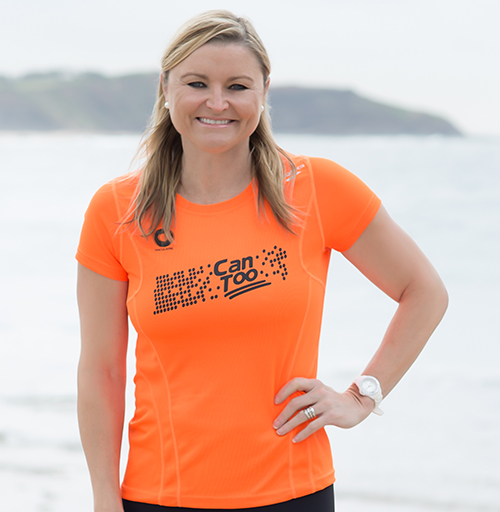The recent surge in the popularity of running has also seen an increase in the number of people taking part in trail running. Trail running is distinctively different from road running in not only the location but in terms of benefits, challenges and requirements to be able to successfully and safely run.
Positive effects of trail running include getting in touch with nature (which has been shown to improve your mood through an effect known as biophilia effect), not having to worry about traffic (or be run over by a cyclist/motorist!) and strengthening your lower body muscles. But how do we minimize the risks so as to maximize the benefits?
Let's start with equipment
Most trail runners wear shoes that are rigid, so as to protect themselves from sharp rocks or sticks. Cushioning is not as big a priority as trail runs are generally on softer surfaces than roads, but that can vary depending on the distance run. That doesn't mean that if you plan on only doing one or two trail runs a year you should rush off to buy new shoes- but it could be a worthwhile investment if you plan on doing it regularly.
Other essential equipment includes wearing a small backpack that includes water, sunscreen, a torch, a portable phone charger and basic first aid. Make sure your phone is also fully charged when you run.
Try and understand the route
If possible a hard copy of the map will be useful. Remember most runs won't have mobile phone coverage so google maps won't be able to direct you!
Build yourself up with shorter runs first
Let your body adapt to the different conditions to allow it to get stronger so as to avoid overuse injuries. Bring someone with you on your first few runs until you are confident you can run safely on your own. Unlike road runs, if you hurt yourself, you can't just limp over to a friendly stranger for help!
Running with good vision
Running with good vision is often overlooked when preventing injuries on trail runs. On road runs, you can get away with running without contacts or glasses, but having 20/20 vision on a trail is very important to know what obstacles are in front of you and what the terrain looks like. This includes wearing sunnies on brighter, sunnier days.
Strong Running Body
Lastly, being strong enough to handle your first few runs is also important. Glute and hamstring strength is vital when running uphill, strong quad strength for downhill runs and balance to be able to handle the softer, uneven surfaces. Get in your exercises could be the difference between finishing your run with ease or limping to your car at the end!
So is a trail run right for you? In the end, it depends on what you want to achieve. If you are trying to beat your best time at the next City 2 Surf then perhaps not. If you want to break up your normal runs, experience something new come summer, or get away from the Sydney traffic, then doing a
Get Professionally Coached Today!
We offer professionally coached training programs using qualified and experienced coaches. Can Too train all levels, from beginners to those more experienced, in structured training programs tailored to specific physical challenges such as run, ocean swim, triathlon or choral singing events.
Programs range from entry level distances such as 7km, 10km and 14km run programs and 1km ocean swims, to intermediate programs like sprint triathlons and half marathons, through to advanced programs such as marathons and trail runs.
Not sure which one is right for you? Have a look at all the Can Too programs we're holding in the upcoming year and secure your place today!









